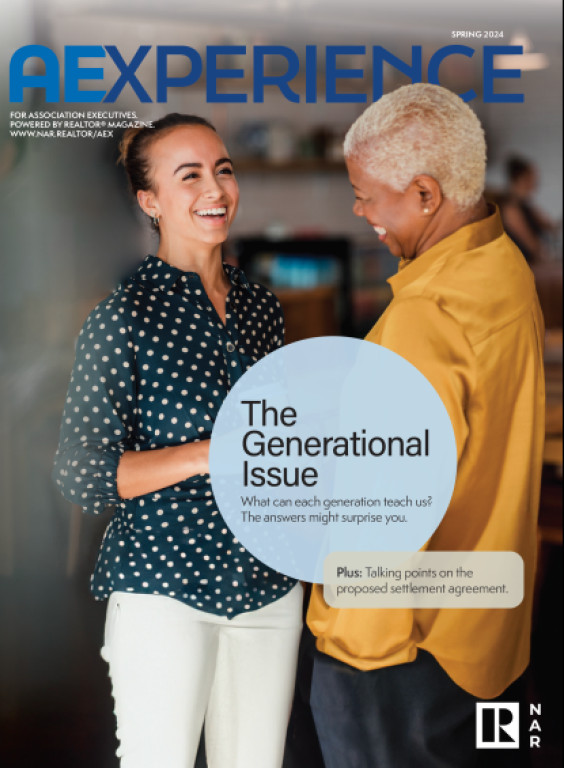As the CEO of a transformed and thriving REALTOR® association, my journey in the real estate industry these last 10 years has been nothing short of exhilarating. I have witnessed the market’s ebbs and flows, navigated through dynamic policy changes and led a dedicated team through both challenges and triumphs. Yet, in the ever-evolving landscape of REALTOR® association management, I recognized that my “zest” for the job was starting to dwindle. Getting to the end of the workday sometimes felt like an eternity. During some self-reflection, I started considering that maybe I needed more personal and professional growth, but not through the usual training programs. This realization led me to a decision that has profoundly affected not only my leadership skills and my personal life, but also the entire trajectory of our association: the decision to hire a leadership coach.
The Catalyst for Change
In an industry where adaptability and foresight are paramount, staying ahead of the curve is not just a choice; it’s a necessity. The decision to bring in a leadership coach was born out of a desire to not merely meet industry standards but exceed them, to lead with a vision, and to be able to end each day feeling productive and not like I had been chased by a proverbial bear. (I use that analogy because medical professionals have compared stress that we deal with these days as the equivalent of a caveman being chased by a bear.)
The long days of to-do lists, member issues and staff management— while exceeding expectations and satisfying members—are stressful. Not to mention after-work curriculars for two kids, dealing with a divorce, grocery shopping, laundry, meal prepping and all the other “fun” stuff that comes along with running a household. Did I also mention the fact that I am finishing my college degree?
These challenges required something beyond traditional management skills. The need for more focus in strategic vision, effective communication, timeblocking and team empowerment became increasingly apparent. I had big-picture ideas, and I had the perfect leadership team behind me, but I lacked time to implement and follow through. I was trying to take on too much and not looking to the strengths of those around me to share the load. I found myself getting to the end of the day with the large tasks I needed to get done overshadowed by constant interruptions and whirlwinds, causing my to-do list to become dauntingly large. I needed to control my schedule and plan my days with purpose.
Leadership coaching was no longer a want for me—it was a need. So, I sat down with my president and vice president. I expressed my desire for a coach, what I was looking to gain, and what I thought the return on investment would be to the association. Thankfully, my leadership team strongly believes in coaching and professional development, so they approved the idea without hesitation. It helped that the cost for coaching fit in with the current budget line item for staff development and education.
















